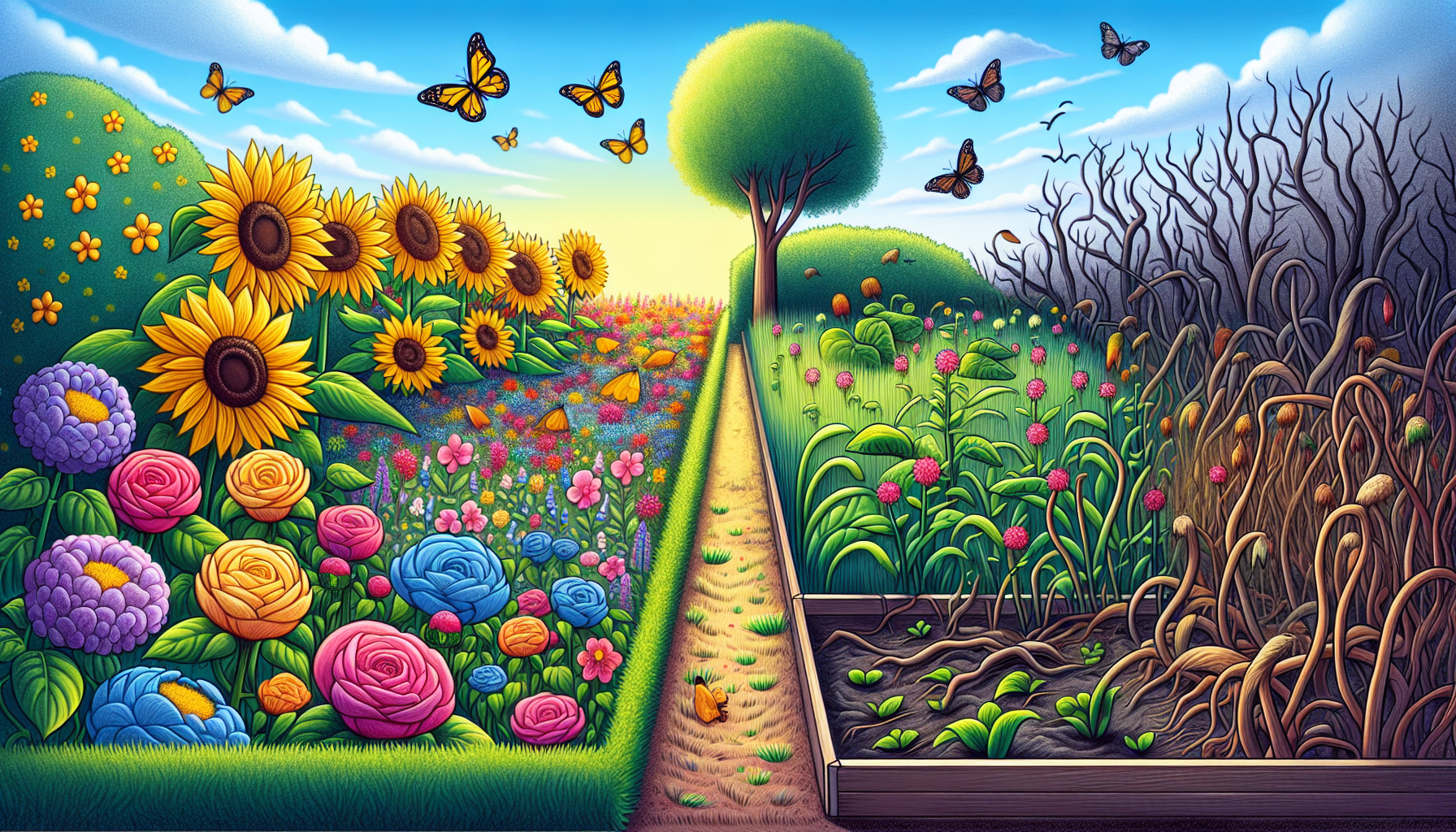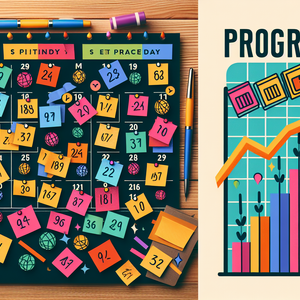Green Roofs: The Future of Urban Living in Houston

Green roofs, also known as living roofs, are systems that incorporate vegetation and soil on building rooftops. They serve multiple purposes, including insulation, stormwater management, and biodiversity enhancement. Green roofs can be categorized into two types: extensive and intensive. Extensive green roofs have a shallow growing medium and are usually planted with drought-resistant plants, while intensive green roofs have a deeper growing medium that allows for a wider variety of plants, including shrubs and small trees. As Houston grapples with rising temperatures and heavy rainfall, green roofs emerge as a viable solution to mitigate urban heat and manage stormwater runoff. The Texas climate presents unique challenges, including intense heat and sporadic deluges, making green roofs an attractive option for both residential and commercial buildings.
Innovative Companies Leading the Charge
Several local companies in Houston are pioneering the green roof movement, bringing innovative designs and sustainable practices to the forefront. One such company is Green Roofs of Houston, which specializes in the design and installation of green roofs tailored to the unique needs of Houston's climate. Their projects range from residential spaces to commercial buildings, each designed to promote biodiversity and offer thermal insulation. The company employs sustainable practices and emphasizes the importance of using native plants to ensure the longevity and resilience of their installations. Another notable player is Urban Harvest, a nonprofit organization that integrates green roofs into community gardening initiatives. By promoting urban agriculture through green roofs, Urban Harvest not only addresses food security but also fosters community engagement. Their projects often include educational components, teaching residents about the benefits of sustainable living and gardening practices. In addition to these companies, several other local businesses are making their mark in the green roof industry. Roofing Solutions, for example, is known for its sustainable roofing options, including green roofs that utilize eco-friendly materials. They focus on creating roofs that are not only functional but also contribute positively to the urban landscape.
Benefits of Green Roofs
The benefits of green roofs extend beyond mere aesthetics and can profoundly impact urban environments. Green roofs act as natural insulators, reducing the need for heating and cooling in buildings. Studies have shown that buildings with green roofs can achieve energy savings of up to 30%. This is particularly beneficial in Houston, where air conditioning is a necessity for most of the year. By lowering energy consumption, green roofs also contribute to reducing greenhouse gas emissions. Houston's heavy rains often lead to flooding and overwhelmed drainage systems. Green roofs absorb rainwater, slowing down runoff and reducing the risk of flooding. By retaining water, they also contribute to the replenishment of local aquifers. Research indicates that green roofs can retain up to 50% of rainfall, mitigating the impact of severe weather events. Green roofs create habitats for various species, including birds, butterflies, and beneficial insects. By incorporating native plants, these roofs can enhance local biodiversity and contribute to the overall health of urban ecosystems. This is crucial in cities like Houston, where green spaces are often limited. The vegetation on green roofs helps to filter pollutants and improve air quality. Plants absorb carbon dioxide and release oxygen, contributing to a healthier urban environment. According to studies, green roofs can reduce urban temperatures by mitigating the heat island effect, thus improving overall air quality. Green roofs provide beautiful views and green spaces that can improve the quality of life for residents and workers. Studies have shown that access to green spaces can reduce stress and enhance overall well-being. In a bustling city like Houston, where concrete dominates, the visual appeal of green roofs offers a refreshing contrast.
Challenges and Considerations
While the benefits of green roofs are substantial, there are challenges to their implementation. Initial costs can be higher than traditional roofing systems, and ongoing maintenance is necessary to ensure the health of the plants. The need for specialized knowledge and skills for installation and maintenance can also pose a barrier. However, many companies are developing cost-effective solutions and maintenance plans to make green roofs more accessible to a wider audience. For instance, modular green roof systems allow for easier installation and maintenance, making them a viable option for various building types.
The trend of green roofs in Houston represents a significant step toward sustainable urban living. With local companies leading the charge, the benefits of green roofs—ranging from energy efficiency and stormwater management to enhanced biodiversity—are becoming increasingly recognized. As Houston continues to grow, embracing innovative solutions like green roofs is essential for fostering a resilient and sustainable urban environment. By investing in green roofing technology, Houston can pave the way for a greener future, demonstrating that cities can thrive while prioritizing the health of the planet. In this era of climate change, green roofs are not just a luxury; they are a necessity for the urban landscape.
Green Roof Design Specialist
Green Roofs of Houston, Urban Harvest
Job Responsibilities
Develops innovative green roof designs tailored to specific building requirements and local climate conditions.
Collaborates with architects and engineers to integrate green roofs into new and existing structures.
Requirements
Requires a degree in landscape architecture, environmental design, or horticulture, along with experience in sustainable design practices.
Horticultural Technician for Green Roofs
Urban Harvest
Job Responsibilities
Manages plant selection, installation, and maintenance of vegetation on green roofs, ensuring optimal growth and sustainability.
Conducts regular assessments of plant health and soil conditions, implementing appropriate irrigation and fertilization techniques.
Requirements
A background in horticulture or botany is necessary, along with practical experience in urban agriculture or landscaping.
Sustainability Project Manager
Roofing Solutions
Job Responsibilities
Oversees the planning and execution of green roof projects, coordinating between clients, contractors, and suppliers to ensure project success.
Monitors compliance with environmental regulations and sustainability standards throughout the project lifecycle.
Requirements
Requires strong project management skills, knowledge of green building practices, and relevant certifications (e.g., LEED).
Urban Ecologist
Urban Harvest
Job Responsibilities
Studies the ecological impacts of green roofs on urban biodiversity, contributing to research and policy recommendations for sustainable city planning.
Conducts field research and collaborates with local governments and organizations to promote green infrastructure.
Requirements
A degree in ecology, environmental science, or a related field, along with experience in urban ecology, is essential.
Green Roof Maintenance Technician
Job Responsibilities
Responsible for the ongoing care and maintenance of green roofs, including plant health monitoring, irrigation, and pest control.
Implements routine maintenance schedules and provides recommendations for plant replacements and soil amendments.
Requirements
Requires experience in landscaping or horticulture, along with a strong understanding of plant care in urban settings.


